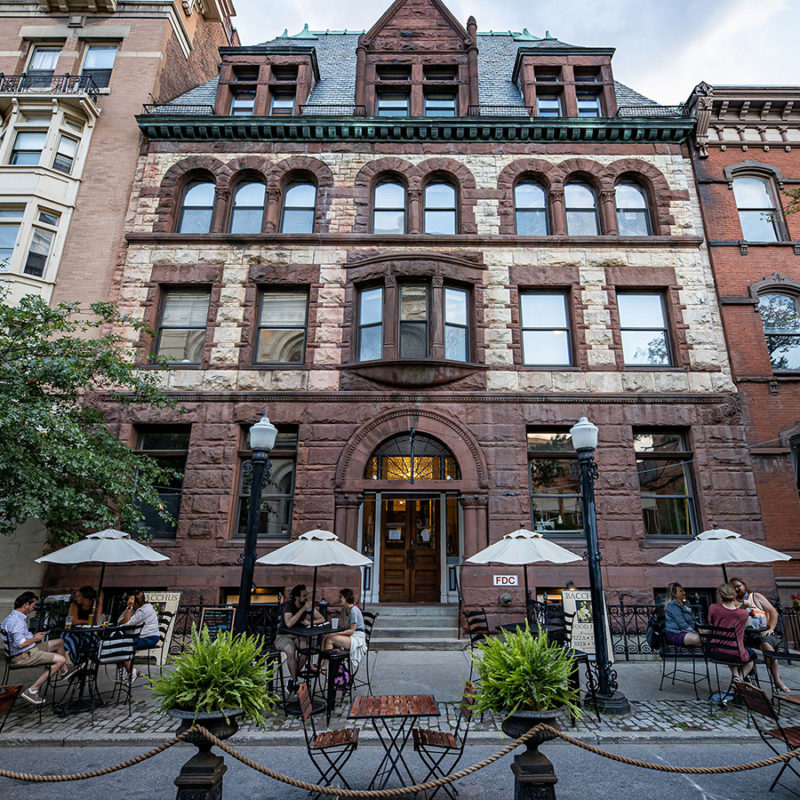KEY TAKEAWAYS
History Restoring an older building is more sustainable and preserves its history.
Incentives Tax credits and other incentives encourage developers to restore older buildings rather than tear down and build new.
Revitalization Rejuvenation of historic districts can stimulate repopulation of what can be a dilapidated environment.
Why preserve old buildings rather than knocking them down and building new?
We might admire a modern building going up or a new development of houses in our neighborhoods, but have you considered the benefits of restoring historic buildings and why this is important? The stock of buildings registered and recognized as historically relevant in many of our cities is significant and they are our only physical link to the lifestyle of a bygone generation and era. Development is driven by profit and tearing down existing buildings to build new is often viewed as a more affordable option over preservation and rehabilitation. However, the reuse and sustainable renovation of an existing building is important for an area’s history and future, presenting short-and long-term economic benefits. Preserving or restoring old structures can boost business by creating travel and tourism destinations of historic sites.
Longer Lasting Materials
The best form of sustainability is to reuse and recycle, so any form of restoration is environmentally friendly – compared to a new build. Rehabilitating existing structures makes them more eco-friendly or durable to lessen maintenance costs. Many historic buildings were built to last for generations. The materials used were locally sourced and the buildings were built by craftsmen with a strong style and local vernacular. The designs are adapted to the local climate and the quality of construction, craftsmanship and materials can surpass present day construction. Additionally, restored buildings can help limit other environmental factors, such as suburban sprawl, traffic, and environmental degradation.
Urban Revitalization
Living and working in urban areas which are compact, walkable, and rich in history and beauty is becoming increasingly popular. A density of historic districts is fundamental to the urban planning, infrastructure development, and social living that urban dwellers seek. Enhancing the built environment also helps to reduce crime and other social problems that proliferate if an area is run down and neglected. By utilizing the available infrastructure economic benefits are created that support affordable and multi-generational housing within a city – bringing people back to live and work in cities and rejuvenating them.

Tax Incentives
In addition to the historic sentiment, there are also financial benefits to rehabilitating historic buildings. Re-programming existing buildings reduces greenfield development and preserves urban areas. “Preservation can enhance real estate values and foster local businesses, keeping historic main streets and downtowns economically viable. Heritage tourism is a real economic force, one that is evident in places that have preserved their historic character. Developers are discovering that money spent rehabilitating historic buildings is actually an investment in the future, when these structures could be the showpieces of a revitalized city,” says the National Park Service. Plus, there are state and federal tax incentives that can be obtained with the guidance of SHPO to assist in preservation efforts.
Conclusion
Historic preservation is important for cities by appealing to people that want to move back to urban areas for the health and wellness benefits of a live, work, and play lifestyle. The restoration and repurposing of historic buildings preserves the connection between the past and present, providing benefits and opportunities to enhance a city’s social and economic growth and sustainability. Those who have embraced preservation, diversified economically, and invested in their heritage, have managed to thrive.
